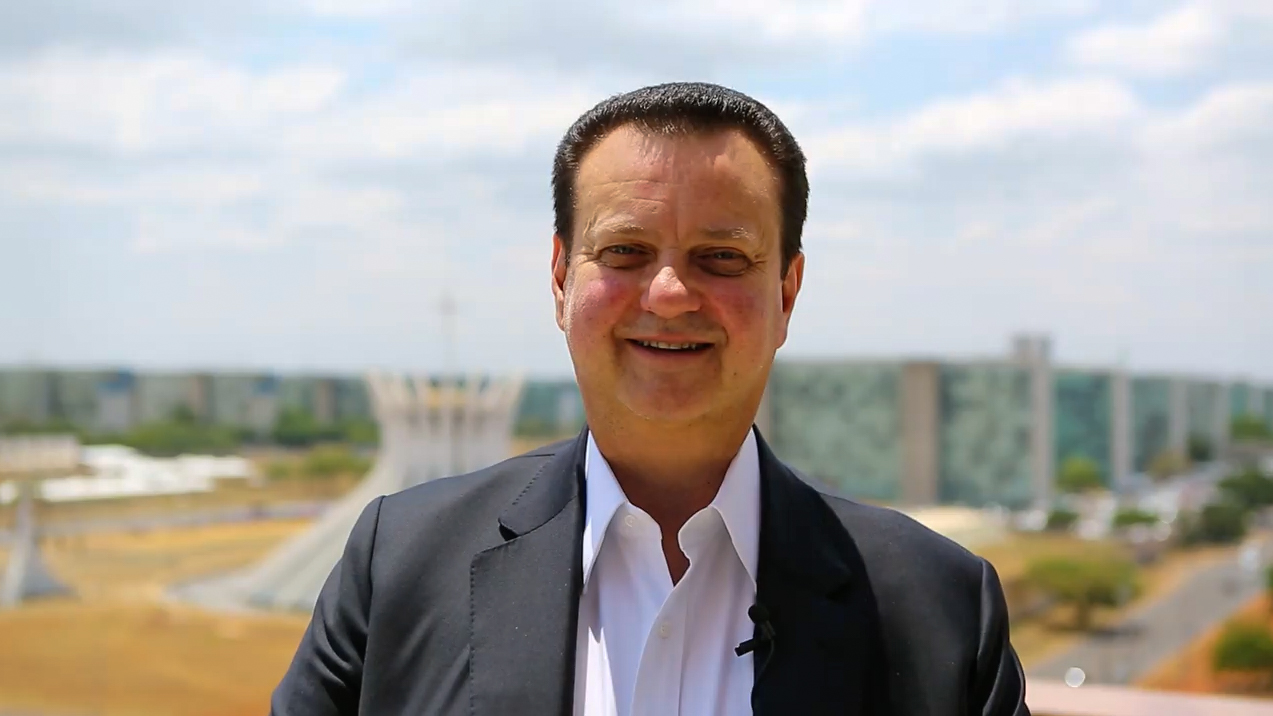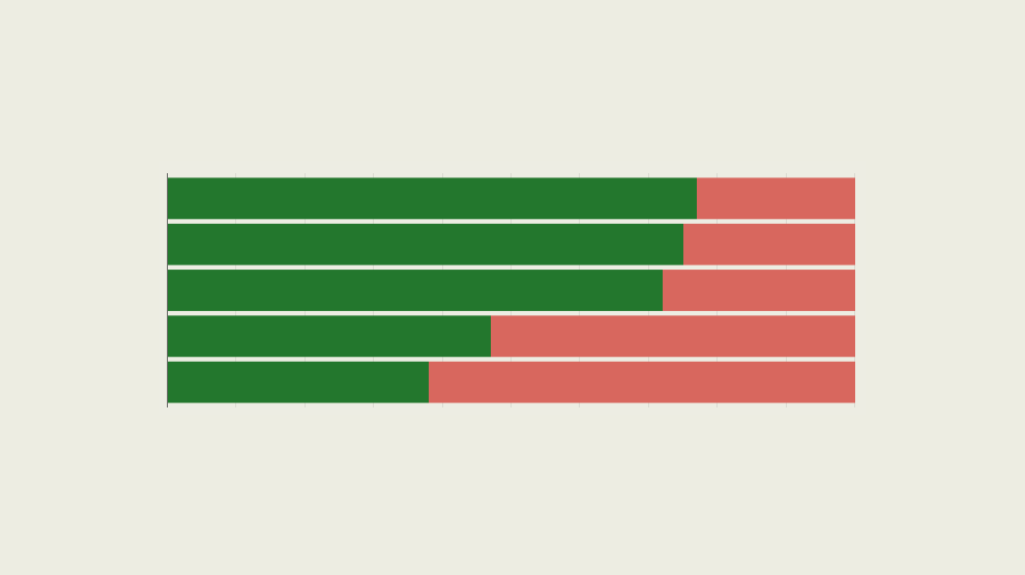Alberto Fernández’s Difficult First Year
Alberto Fernández’s Difficult First Year
Argentina’s president faced several challenges in his inaugural year, and the pandemic was just one of them.
Argentina’s Alberto Fernández marks one year as president on December 10, and it’s safe to say it was a year of battles on several fronts. Despite his extensive experience working in the executive branch—he served as chief of staff in the administrations of Néstor Kirchner and Cristina Fernández de Kirchner—Fernández took the job ahead of an unprecedented public health emergency that only deepened economic and social problems.
Just as his presidential honeymoon was coming to an end, Argentina began, on March 20, what would be one of the world’s longest quarantines. Despite that move, the country is among the world’s top 10 when it comes to confirmed COVID-19 cases.
Fernández, who represents the leftist Peronist party, has seen his approval numbers take a tumble; a November Zubán Córdoba y Asociados poll shows that 54 percent of Argentines approve of his administration compared to 82 percent in May. The same poll suggests that 52 percent of Argentines believe the country is headed in the wrong direction, up from 27 percent six months ago.
AS/COA Online takes a look at three areas shaping the president’s first year as he enters the second round of his four-year term.
Argentine President Alberto Fernández's first 100 days concluded at a time of huge uncertainty—not only for Argentina, but the world.
El líder habló con la presidenta de AS/COA Susan Segal sobre la pandemia y respondió preguntas de inversionistas y del sector privado sobre las oportunidades para el país.











